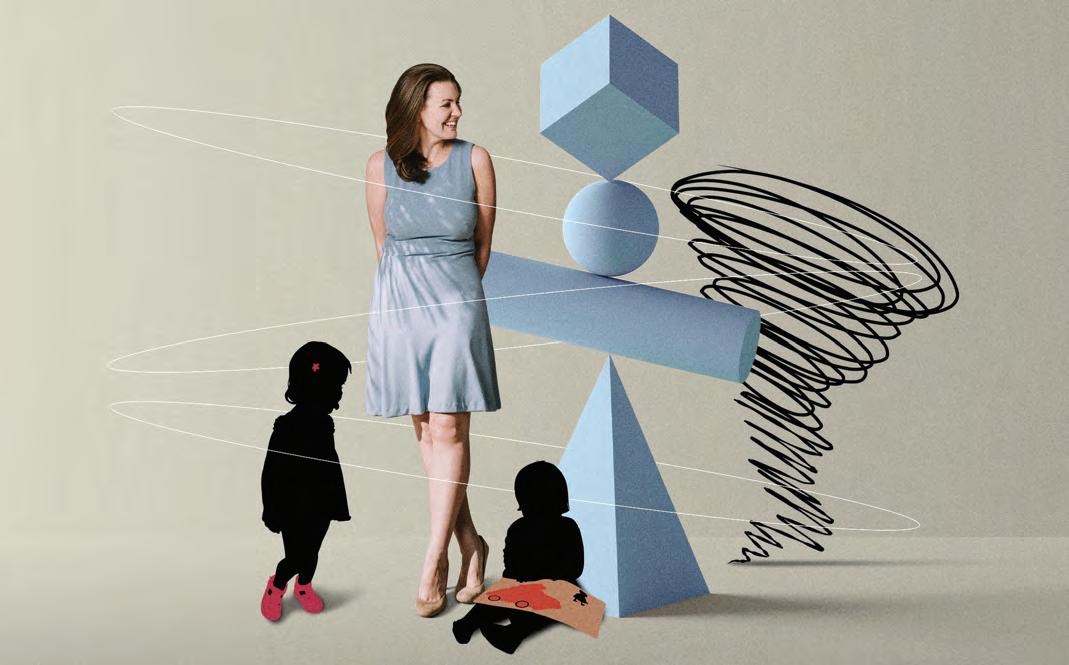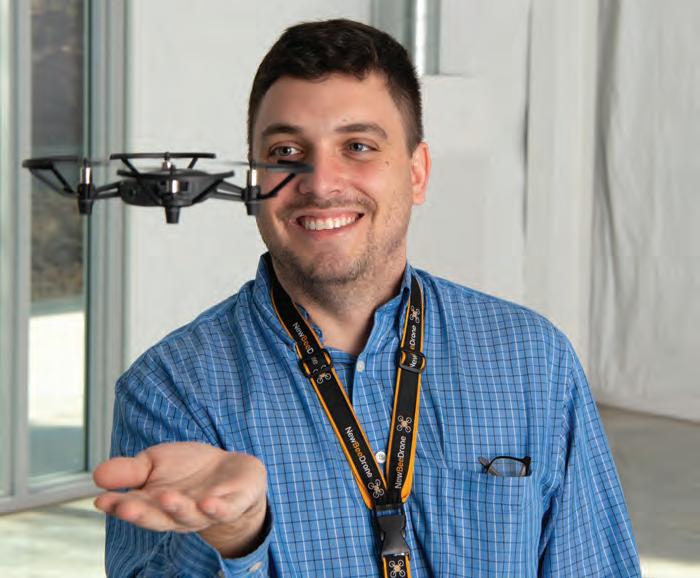
4 minute read
ART
Field Trip Finds
Look for these three pieces during summer special exhibitions
Advertisement
BY KATHLEEN PETTY
“Point Lobos, Carmel” by F. Childe Hassam, 1914
American Impressionism— and, often, American art in general—can be dominated by work created in major cities and artist enclaves on the East Coast. “Point Lobos, Carmel” is one of several pieces in the San Antonio Museum of Art’s special summer exhibition that reminds visitors the West is important, too. On loan from the Los Angeles County Museum of Art, Hassam’s oil piece sits in the center of America’s Impressionism: Echoes of a Revolution, on display through Sept. 5, alongside several paintings by Texas artist Julian Onderdonk and other works that depict California’s landscape. Hassam was a Massachusetts native who studied Impressionism in Paris and was known for his paintings of New York. His pieces depicting California are lesser known since there are fewer of them, but they’re an example of how artists headed west to find scenes that they could paint while experimenting with the styles they learned from French impressionists. “Here, artists are seeking out landscape,” says Yinshi Lerman-Tan, Ph.D., acting associate curator of American and European Art.
“Downy’s Scared of Thunder" by Loc Huynh, 2021

When Austin-born Huynh left for college at Texas State University (and then for graduate work at the University of Nebraska and University of North Texas, where he completed a master’s in fine arts in 2020), he left his dog Downy behind at home. In his portraits on view at Blue Star Contemporary as part of its Sitter exhibition, open through Sept. 5, Huynh uses cartoon-styled drawings to depict the changing relationship between himself and his mother and his mother and Downy, who she became close with after Huynh moved away. Here, Huynh’s mom comforts Downy during a storm. Elsewhere in the exhibit, he paints her making pho, a dish he grew up eating. Curator and exhibitions manager Jacqueline Saragoza McGilvray says while Huynh’s style is fun and colorful, his subject matter is also intimate and tender. “Those two things are a compelling counterbalance,” she says. The portraits are included in an exhibition that focuses on artists who use portraiture to tell part of their subject’s story.

“Untitled” by Richard Anuszkiewicz, 1971
Anuszkiewicz, who died last spring, was known for his vibrant, geometric works, including this screen print that hangs in the McNay Art Museum’s Charles Butt Paperworks Gallery in Optical Dazzle, open through Sept. 5. Organized as a complement to the McNay’s Limitless! special exhibition, Optical Dazzle explores Op Art pieces from the museum’s collection, which are works that often make the viewer’s eyes twitch and move as they adjust and take in the various colors and shapes. A series of Anuszkiewicz works are featured in the exhibit, including this piece that was completed 50 years ago on Masonite. Here, the artist utilizes complementary colors in rectangular shapes of varying sizes, making it seem as if the piece is moving despite being static on the wall.
Ballet Basics
San Antonio Museum of Art and The Ballet Conservatory of South Texas present Ballet in the Garden, Aug. 8
Instructor Zane Terry insists that failure is a critical part of mastering ballet.
A faculty member at The Ballet Conservatory of South Texas, Terry and his colleague Rosie Forte Hensley are spending select Sunday mornings this summer (Aug. 8, this month) sharing the basics of their craft during Ballet in the Garden classes at San Antonio Museum of Art.
“You will fail a lot, but just try everything,” says Terry, who shares his own tale of falling flat on his back during his first-ever professional rehearsal. “A lot of ballet is trial and error, so if something goes wrong, that’s OK.”
With the museum’s Sculpture Garden grass acting as the studio floor and the backs of chairs as the ballet barre, Terry and Hensley teach the movements required to plié, tendu, battement and more during one-hour classes meant for adults of all levels.
Like much of the art on display inside the museum, Terry says the artistry of ballet comes from its lines as dancers stretch, lift and hold their posture high, even when in plié, which means to bend. “The magic of ballet is to make it look not as hard as it is,” Terry says.
Instructors say they know the art form can be intimidating, and they hope the informal nature of the garden provides an option that’s inviting, whether students are returning to the art after decades away or testing it out for the first time. “It’s great exercise,” Terry says. “You don’t sweat like this when you’re painting.”











